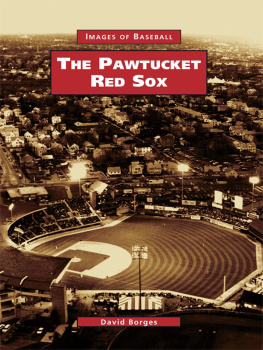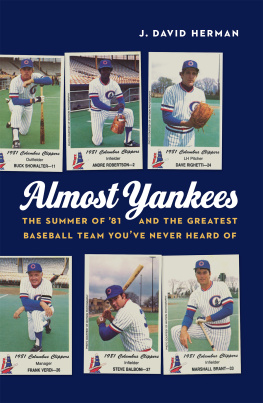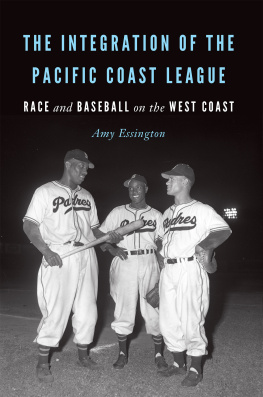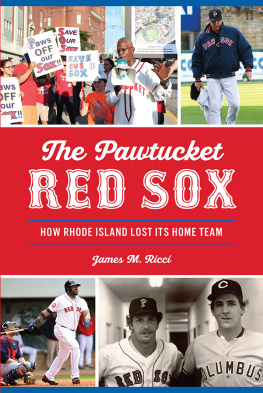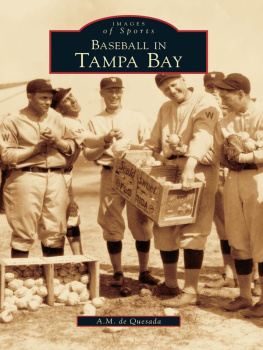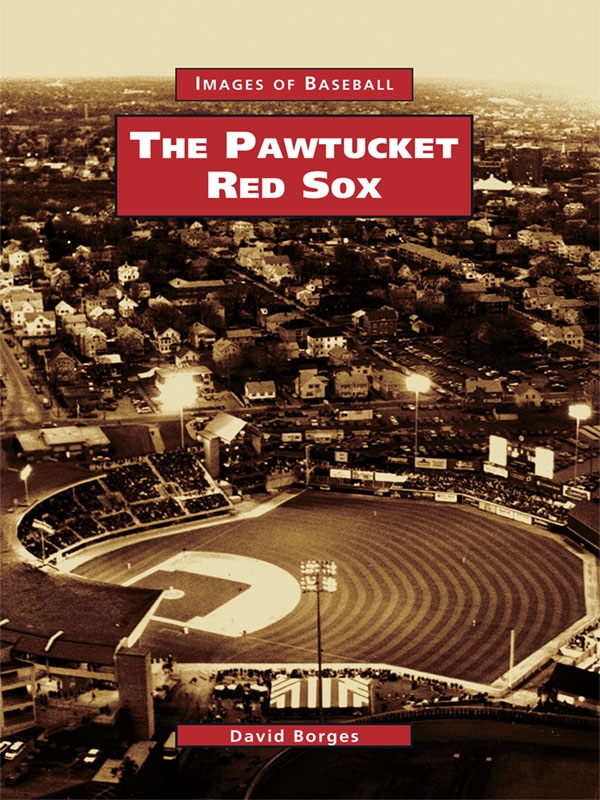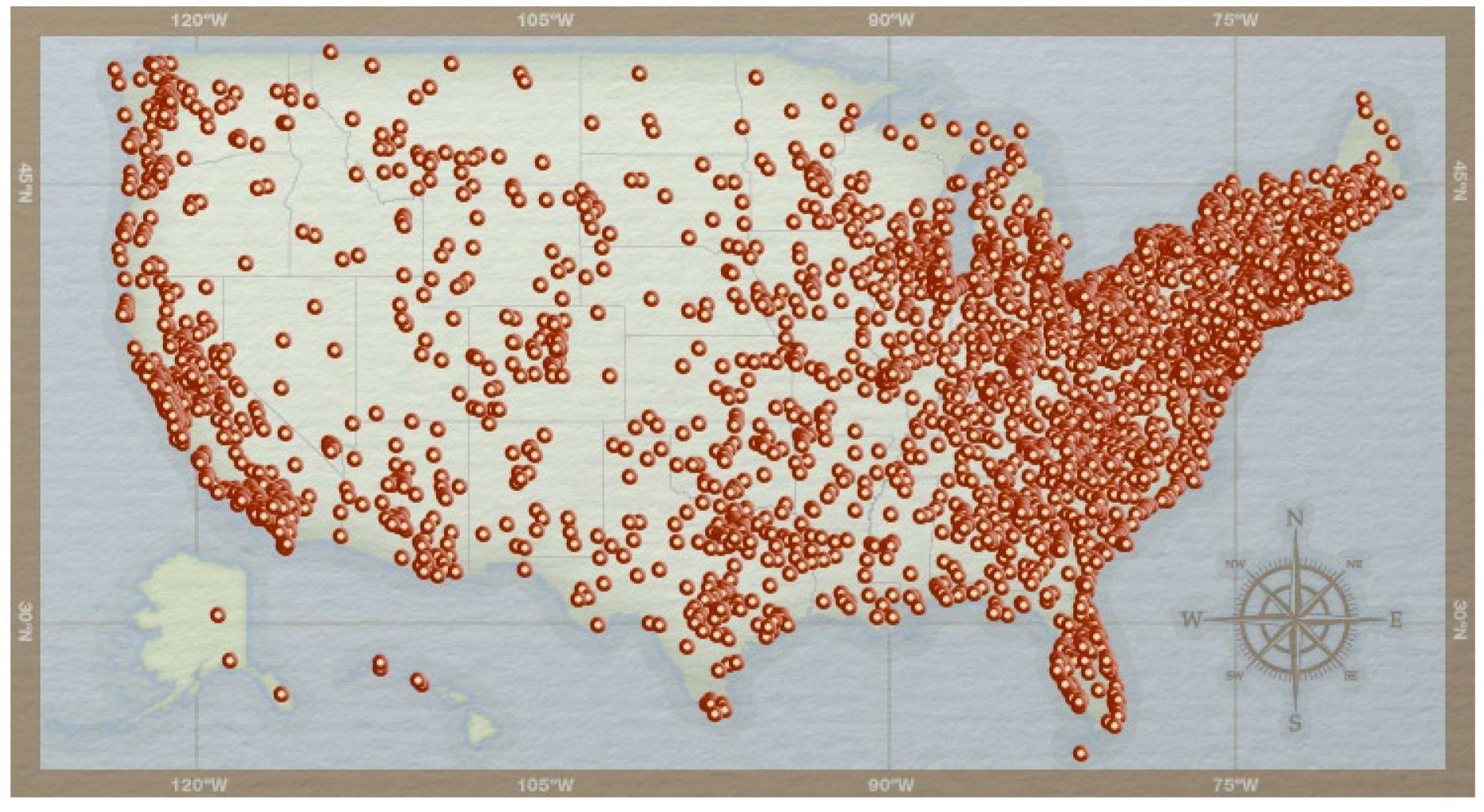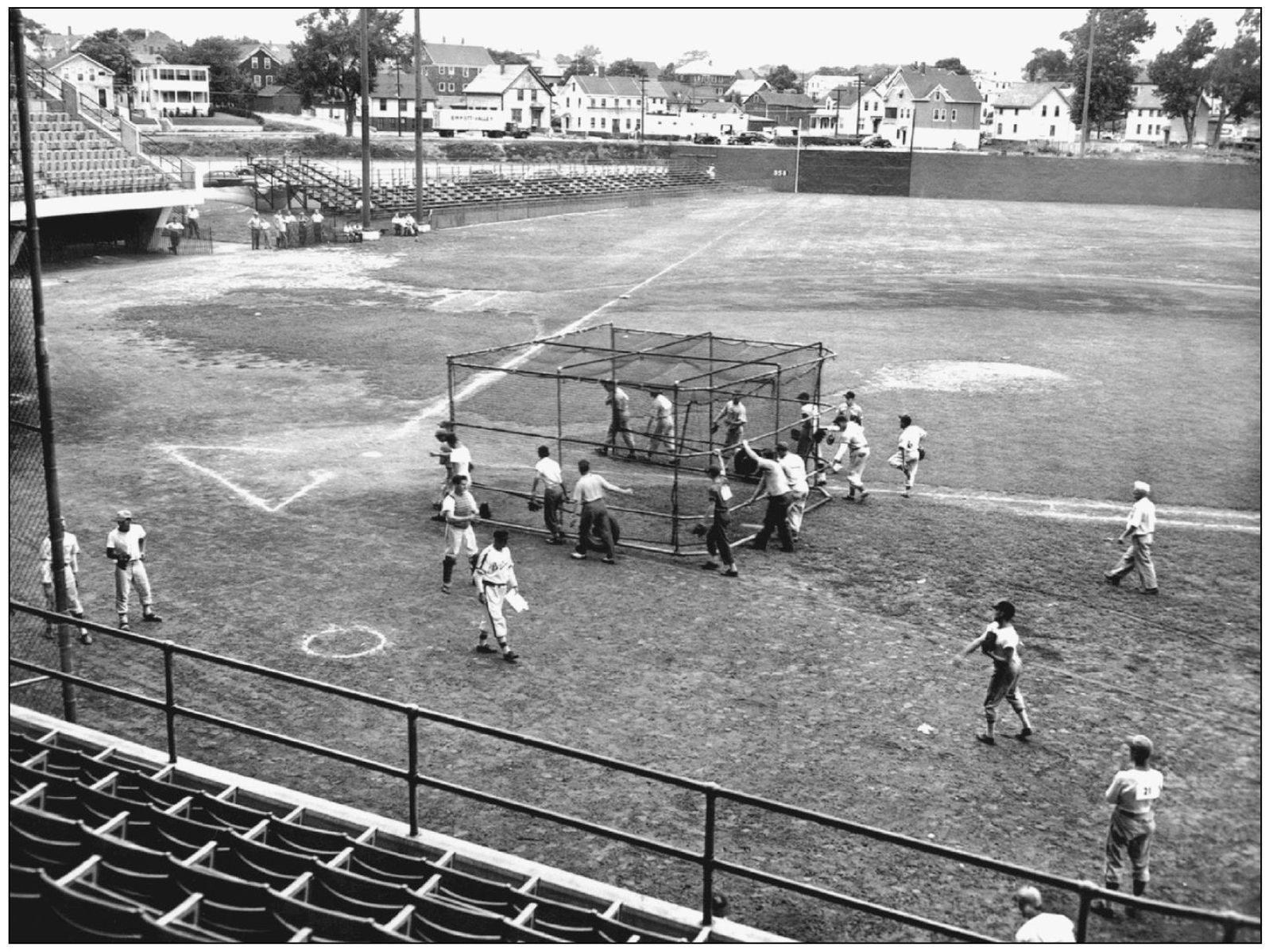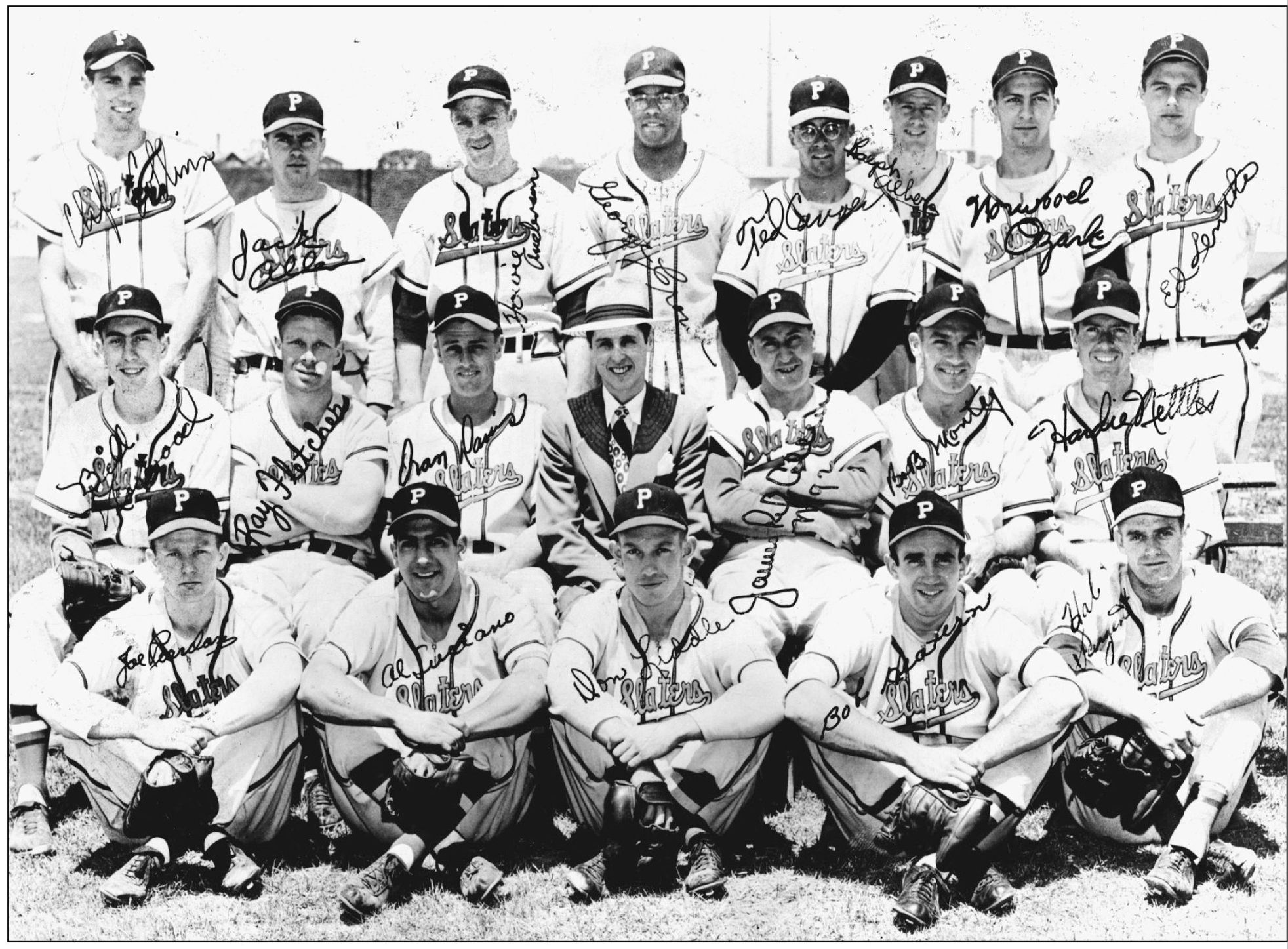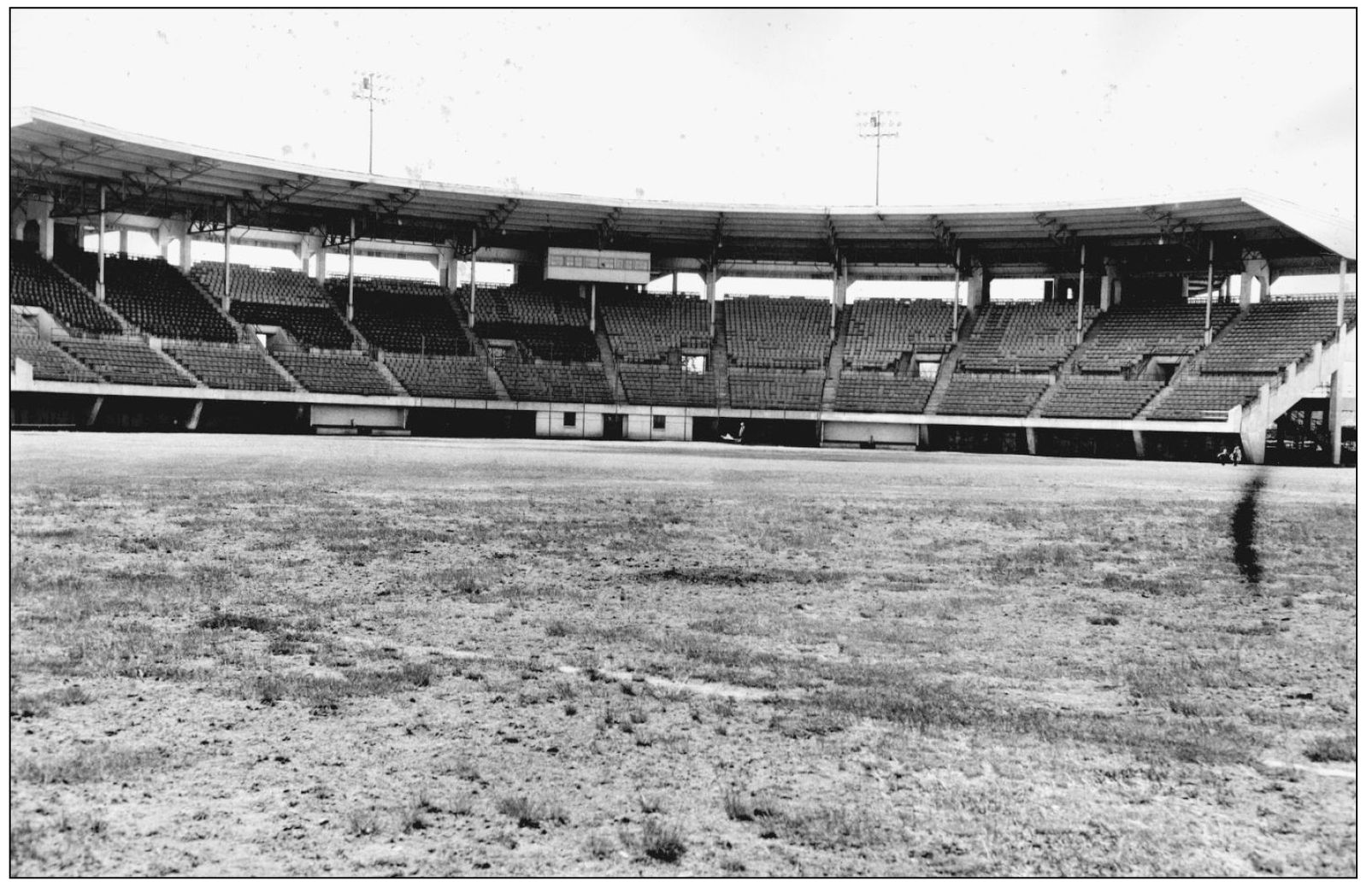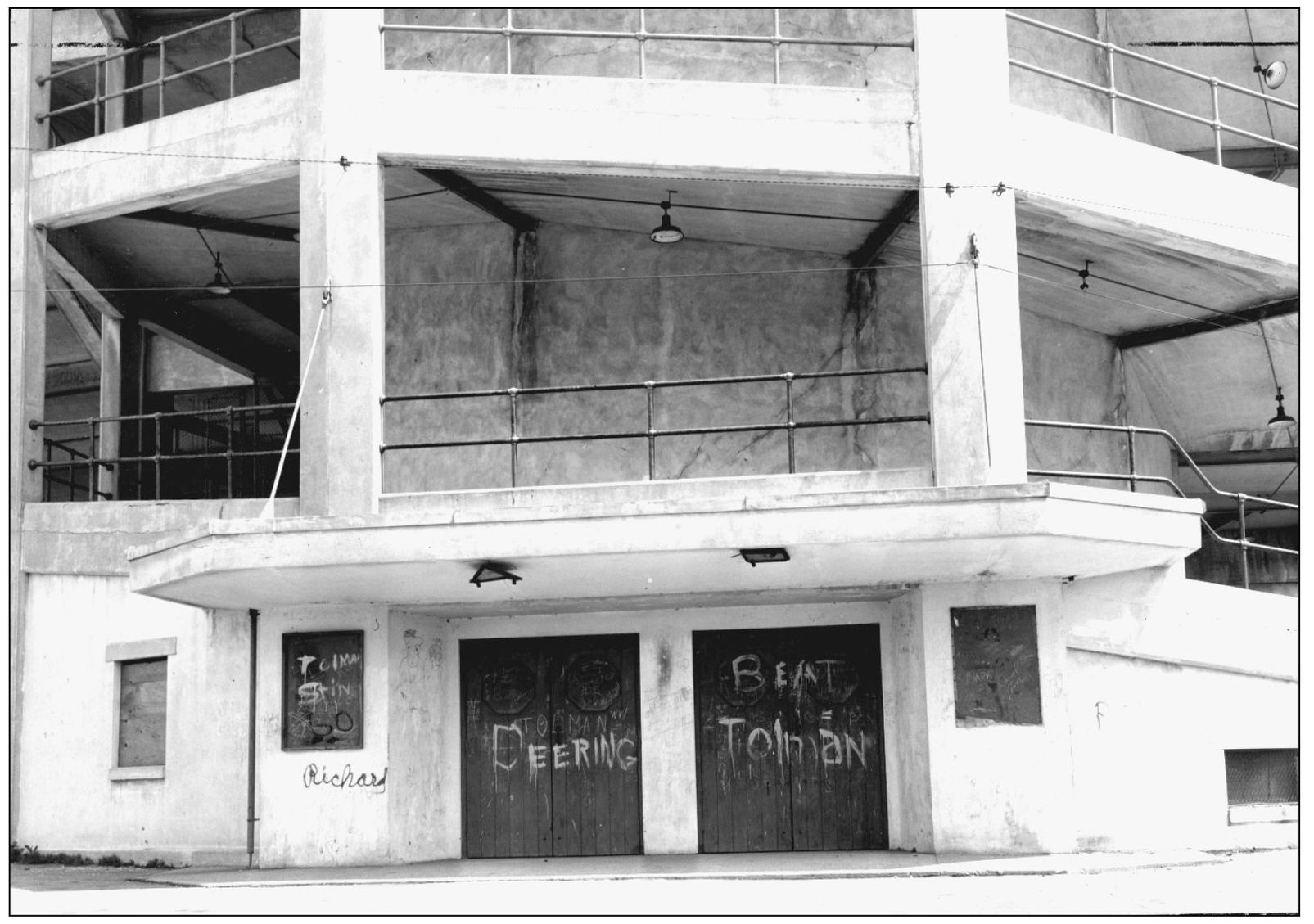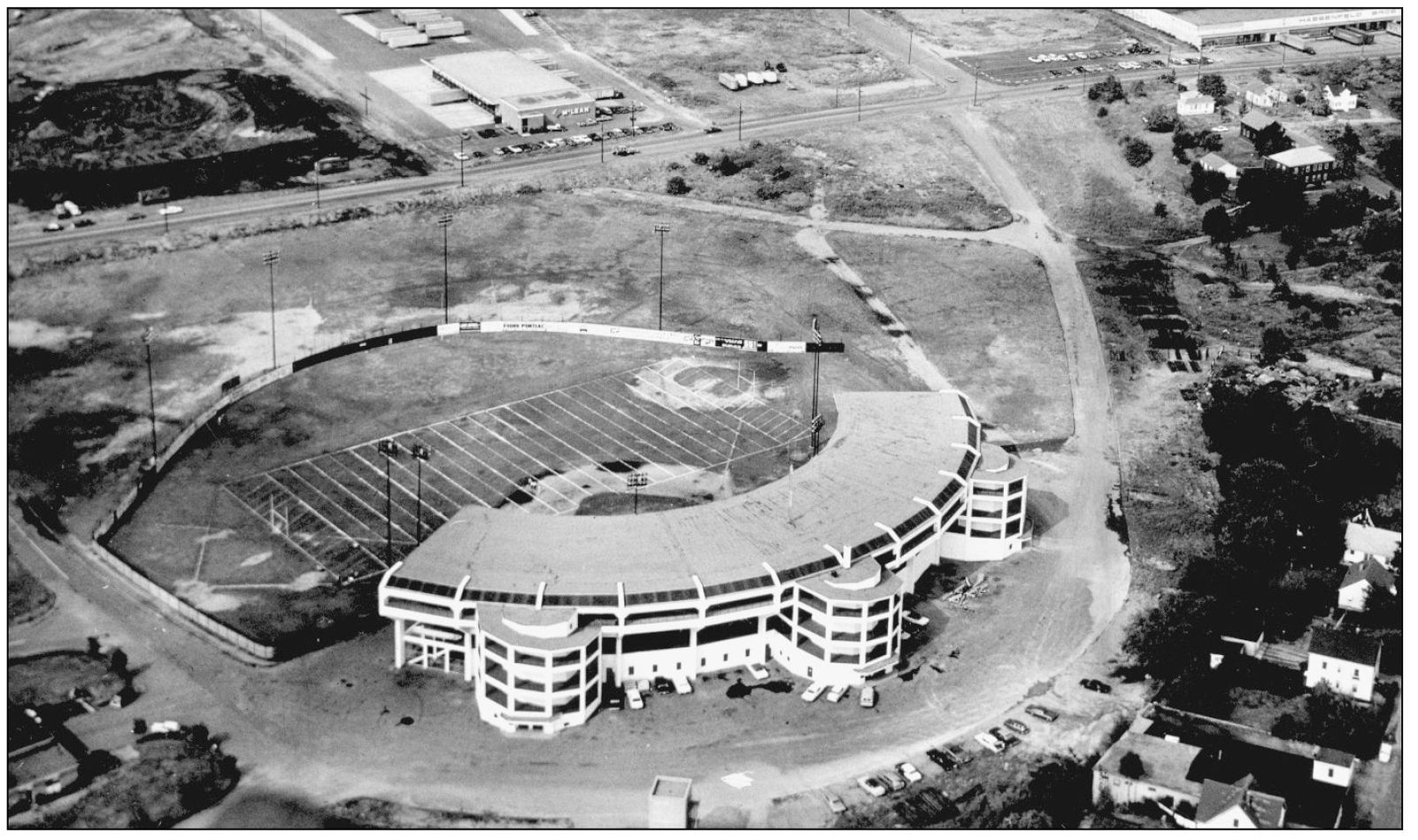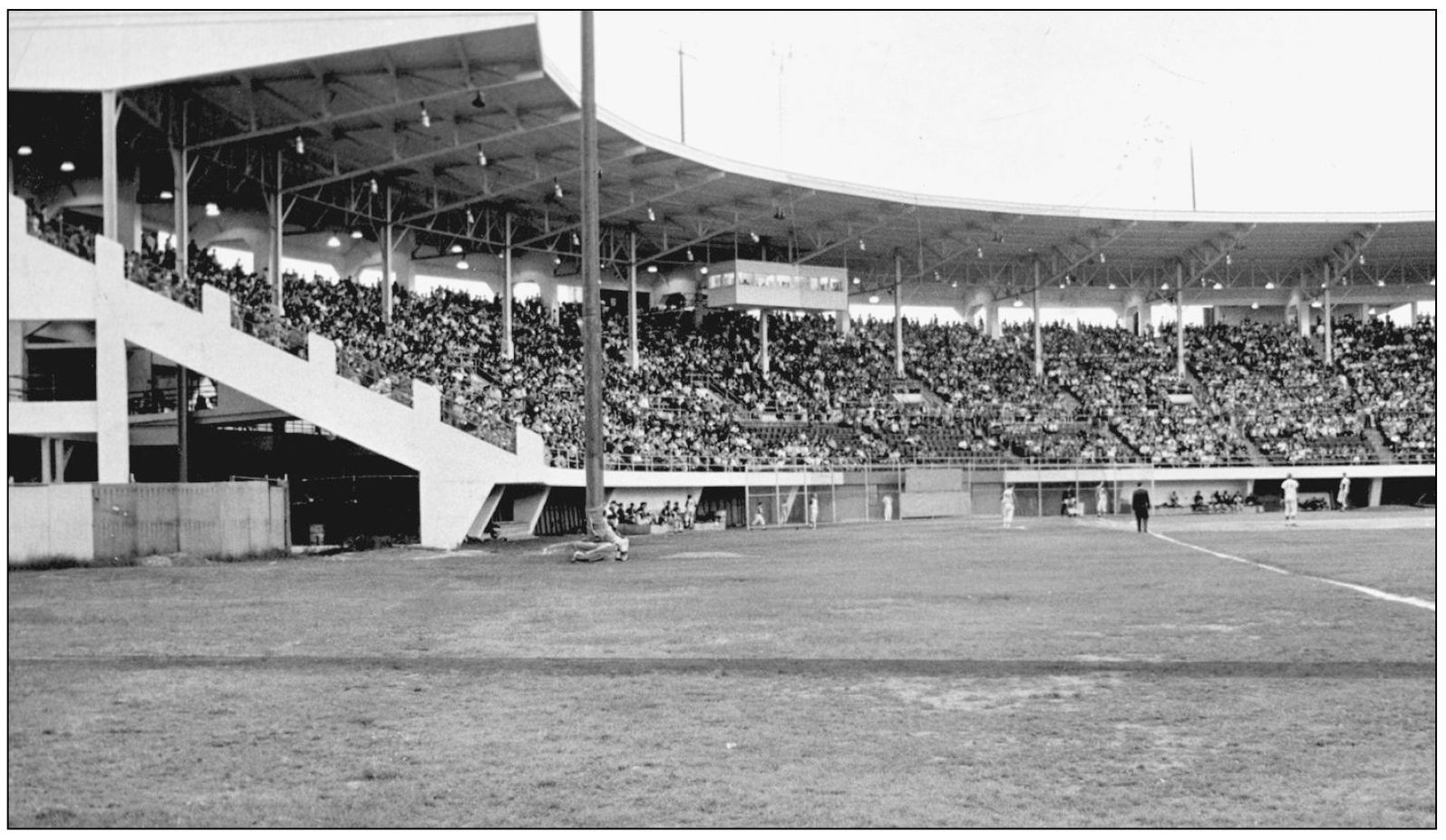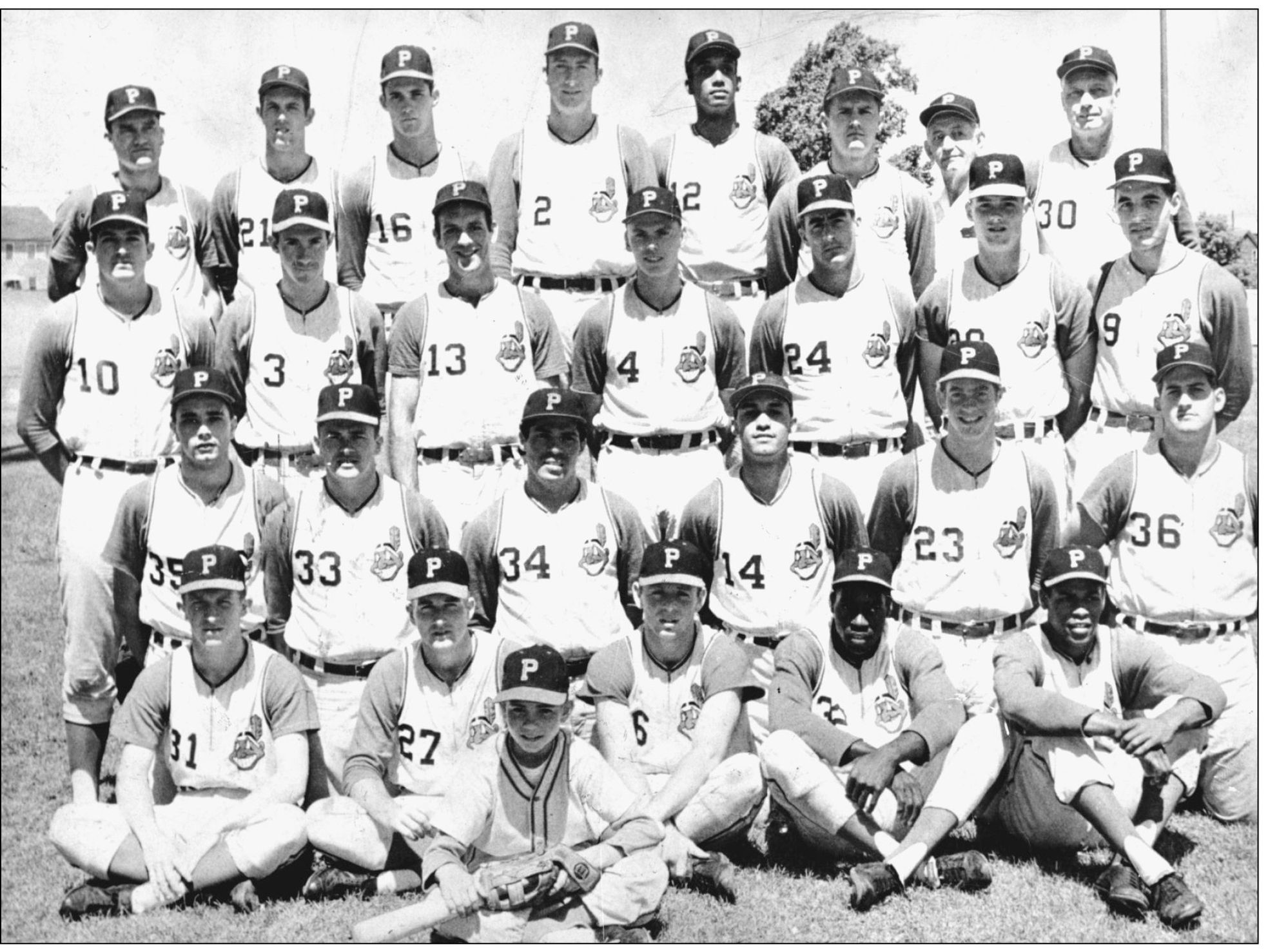One
THE EARLY YEARS AT MCCOY STADIUM: 19421972
McCoy Stadium had a hard time getting off the ground. In fact, it nearly sank into the ground. It was built on a swamp called Hammonds Pond, and during construction, the city of Pawtucket had to replace 60 massive concrete pillars that sank into the swampy quicksand beneath the stadium.
Many did not want the stadium built at all. When Mayor Thomas P. McCoy began building the project in 1938, opponents decried the millions of dollars in contracts awarded to the mayors allies. Its $1.5 million cost supposedly exceeded that of the Rose Bowl, and the new stadium was dubbed McCoys folly.
Nevertheless, on July 4, 1942, McCoy Stadium was officially dedicated. Four years later, the Pawtucket Slaters became the first prime tenant at McCoy, as a Class B affiliate of the Boston Braves. The Slaters went 70-54 in their inaugural season, good for fourth place in the New England League, and stayed in Pawtucket for four years. Future big leaguers like George Crowe, Johnny Logan, and Chuck Tanner donned Slater uniforms before the New England League folded in 1950. Professional baseball did not return to McCoy Stadium for another 17 years.
In the interim, McCoy became a shameful eyesore, according to a Pawtucket Evening Times article in 1961. However, by 1966, professional baseball was back at McCoy, this time in the form of the Pawtucket Indians.
A Double-A affiliate of the Cleveland Indians, the team struggled in its two years at McCoy, finishing 68-71 in 1966 and 67-71 in 1967. One of the Indians top players was Dave Nelson, who went on to play for 10 seasons in the majors. The Pawtucket Indians folded after two seasons, however, and McCoy Stadium was again without a professional tenantthough not for too long.
In 1970, the Pawtucket Red Sox took form as Bostons Double-A affiliate. Under the ownership of Joe Buzas, the Double-A PawSox finished in fourth place in their inaugural season in the Eastern League (1970) and third the next two years in the four-team American Division. The team boasted plenty of future major-league stars during that time, including future Hall of Famer Carlton Fisk, as well as Rick Burleson, Rick Miller, and Juan Beniquez, and laid the groundwork for the great success the team would have in 1973, its first season at the Triple-A level.
Mayor Thomas P. McCoy ran Pawtucket with an iron fist. According to the Rhode Island Free Press , McCoy created one of the most powerful and ruthless political machines ever forged in this state during his nine years as mayor. He died on August 15, 1945 (the same day the Japanese surrendered to the Allies, ending World War II), but not before leaving his lasting gift to the city: McCoy Stadium. (Courtesy Pawtucket Public Library.)
This is how McCoy Stadium looked in the late 1940s, when it served as the home field for the Pawtucket Slaters.
Professional baseball made its debut at McCoy Stadium in 1946 in the form of the Pawtucket Slaters, a Class-B affiliate of the Boston Braves. The Slaters were managed by Rip Collins and went 70-54 in their inaugural season, good for fourth place in the New England League. Among their star players was George Crowe (top row, fourth from left), the teams only African American player a year before Major League Baseball was integrated. Crowe did not get a shot in the majors until 1952; in 1957, at the age of 36, the big first baseman clubbed 31 homers, and he wound up playing 10 major-league seasons. The Slaters stayed in Pawtucket for four years (finishing fourth place two more times, then going 52-26 in the first half of the 1949 season and 31-17 in the second half) before the New England League folded in 1950. Professional baseball did not return to McCoy Stadium for another 17 years. (Courtesy Mike Pappas.)
This is McCoy Stadium as it looked in 1957. The outfield grass looks like the dusty terrain of a desert. (Courtesy Pawtucket Times. )
Graffiti lines the exterior doors of McCoy Stadium in this June 1961 photograph. In an accompanying article in the Pawtucket Evening Times , McCoy was called a shameful eyesore. (Courtesy Pawtucket Times. )
This is an aerial view of McCoy Stadium on September 1, 1966. Note the football gridiron spanning the field. McCoy served as the home for three different Pawtucket high school football teams at this time. (Courtesy Pawtucket Times. )
A full house packs McCoy to take in a Pawtucket Indians game on July 1, 1967. (Courtesy Pawtucket Times. )
Professional baseball returned to Pawtucket and McCoy Stadium in 1966, when the Pawtucket Indians came to town. A Double-A affiliate of the Cleveland Indians, the team struggled in its two years at McCoy, finishing 68-71 in 1966 (though that was good for second place in the Eastern League) and 67-71 in 1967 (fifth place). Pictured, from left to right, are the following: (first row) Randy Carroll, George Woodson, bat boy Pete Menard, Richie Scheinblum, Johnny Parker, and Dave Nelson; (second row) Jim Rittwage, Dick Almes, Sam Parrilla, Luis Isaac, Mike Hedlund, and Russ Nagelson; (third row) Jim Wingate, Gary Oring, Harold Gomer Hodge, Jerry Kelly, Steve Bailey, Harold Kurtz, and Bill Wolfe; (fourth row) June Raines, Gary Boyd, Fran Healy, Dick Brosagh, Tony Martinez, Roy Kuhl, trainer Bill Snell, and manager Clay Bryant. (Courtesy Mike Pappas.)

